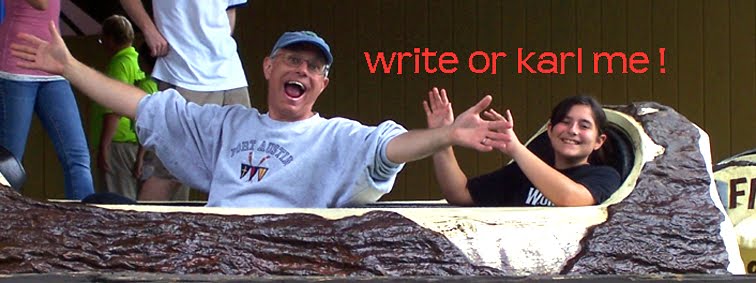Are over-the-air ATSC digital-to-analog converter boxes
now failing with age? Maybe...maybe not!
At work, I oversee over a dozen granny boxes used to receive and convert local over-the-air digital TV channels for viewing on our in-house analog cable TV system. Reception of three channels was problematic, often locking up and freezing at will. The models we use are the most inexpensive available marketed under the brand names 'Micro Gem' and 'Access HD' sold for around $29.95. I tried swapping converters, testing converters for input sensitivity and analyzing the output of the wall-wart power supplies grasping for any clue. What was making decoding these specific channels so unreliable?
I discovered that these converters run fairly hot, especially when perched upon other pieces of gear in equipment racks. One tiny electrolytic capacitor, directly adjacent to the bright metal tuner module, sometimes dries out and limits the sensitivity of the converters. I have replaced a few of those under-rated caps, with good results, but this fix did not cure my endless lock-ups. A listing in The Worldwide TV-FM DX Association's bulletin, VHF-UHF Digest, showed a new WCBS translator on the air on RF Channel 22 from
My troublesome channels are all in the
What is the common thread? WNBC, WCBS and WWOR share a master antenna mounted high atop the
This is an interesting case. Thinking out loud, I know that ATSC DTV transmitters have sample loops that monitor various aspects of their broadcast signals. The transmitters themselves are most likely producing competent waveforms but, in this case, the antenna system is wildly altering the linearity of the signal equalization presented to the public. Digital TV transmitters pre-distort themselves to insure output signals are tight and square. Obviously, nothing compensates for severe antenna problems. It would take an enormous amount of EQ to correct these bumps! You would think that a glaring problem like this would cause warning flags due to excessive reflected power and lowered efficiency. Maybe not?
Although I have cured my WCBS reception by reverting to receiving another transmitter, I have no recourse for WNBC and WWOR. The closest alternative NBC broadcaster is WVIT Hartford which also uses Channel 33. WWOR is a MyTV affiliate. It features local content, most notably


No comments:
Post a Comment